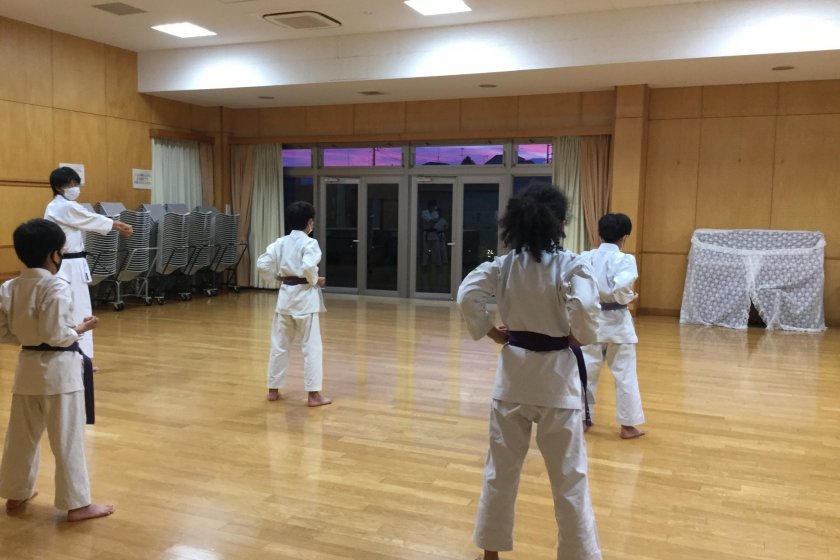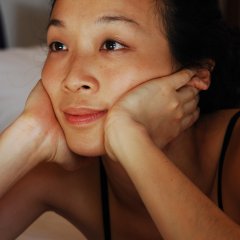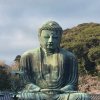The 2020 Olympics is the first time that karate is included. Men and women will compete in kata (form) and kumite (sparring) events that will be held at the Nippon Budokan.
This is of particular interest to our family as my son started karate lessons a few months ago.
For the uninitiated, karate is a form of martial arts developed in the Ryukyu Kingdom (Okinawa) in the 17th century, with influences from Kung Fu. My son observed that without the belt, the dogi or garment for practicing karate looks like something a kung fu practitioner would wear. For karate to make its Olympic debut here in Japan is most fitting in recognition of its origins in Okinawa.
The kanji for karate (空手) means "empty hand". Karate competitions, even ones in which children compete in, are divided into kata and kumite.
In kata, a series of offensive and defensive movements with an imaginary opponent are performed. There are 102 pre-approved kata to choose from. In ordinary kata competitions, kata are scored using a flag system but for the Olympics, judges will be using a point system to score timing and breathing techniques, as well as strength, speed and balance.
In kumite, there will be three weight classes for the Olympics instead of the usual five. Within each weight class, pairs of karate practitioners will compete against each other for three minutes. Points will be awarded for a correctly executed strike, kick of punch on the opponents head, neck, belly, or back. The first to score eight points or more, or the practitioner with the most points at the end of the match wins.
Japanese, particularly Okinawans, will be cheering on Ryo Kiyuna, a graduate of the Okinawa International University and who practices at the Sakumoto Karate Academy in Naha. He will be competing in the Men's Kata.



























